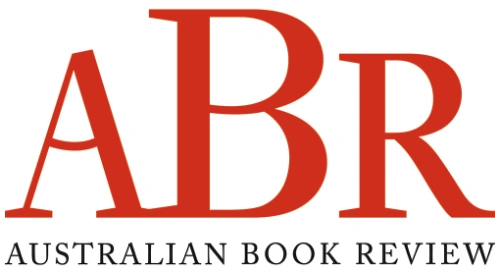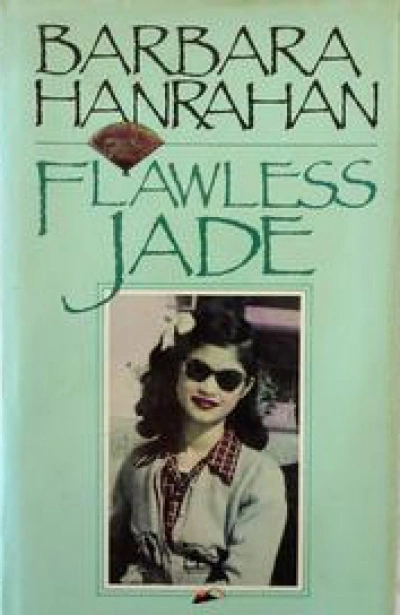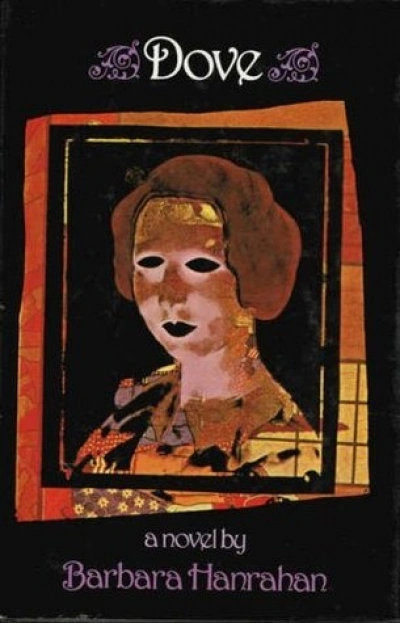Barbara Hanrahan has set much of her work on studies of childhood, sometimes childhood which is involved with fantasy and evil. Always, however, the children are presented through their memories of the minutiae of daily life, vignettes formed by detail, which is vividly presented, conveying the remembered sights, sounds, and smells of childhood and adolescence. Amongst the pictures of plants and pets, houses and relatives, one finds often rather scrofulous details; the hairs in grandpa’s nose, the squeezing of grandma’s blackheads, the smell in the pit dunny, the scurf on aunt’s scalp, the wetting of a bed, the snot discards on the carpet, the persistence of the dog’s penis, glimpses of adult (usually unattractive) bodies, spiedon sexual activity, and the groping of old men under girls’ skirts.
...
(read more)




